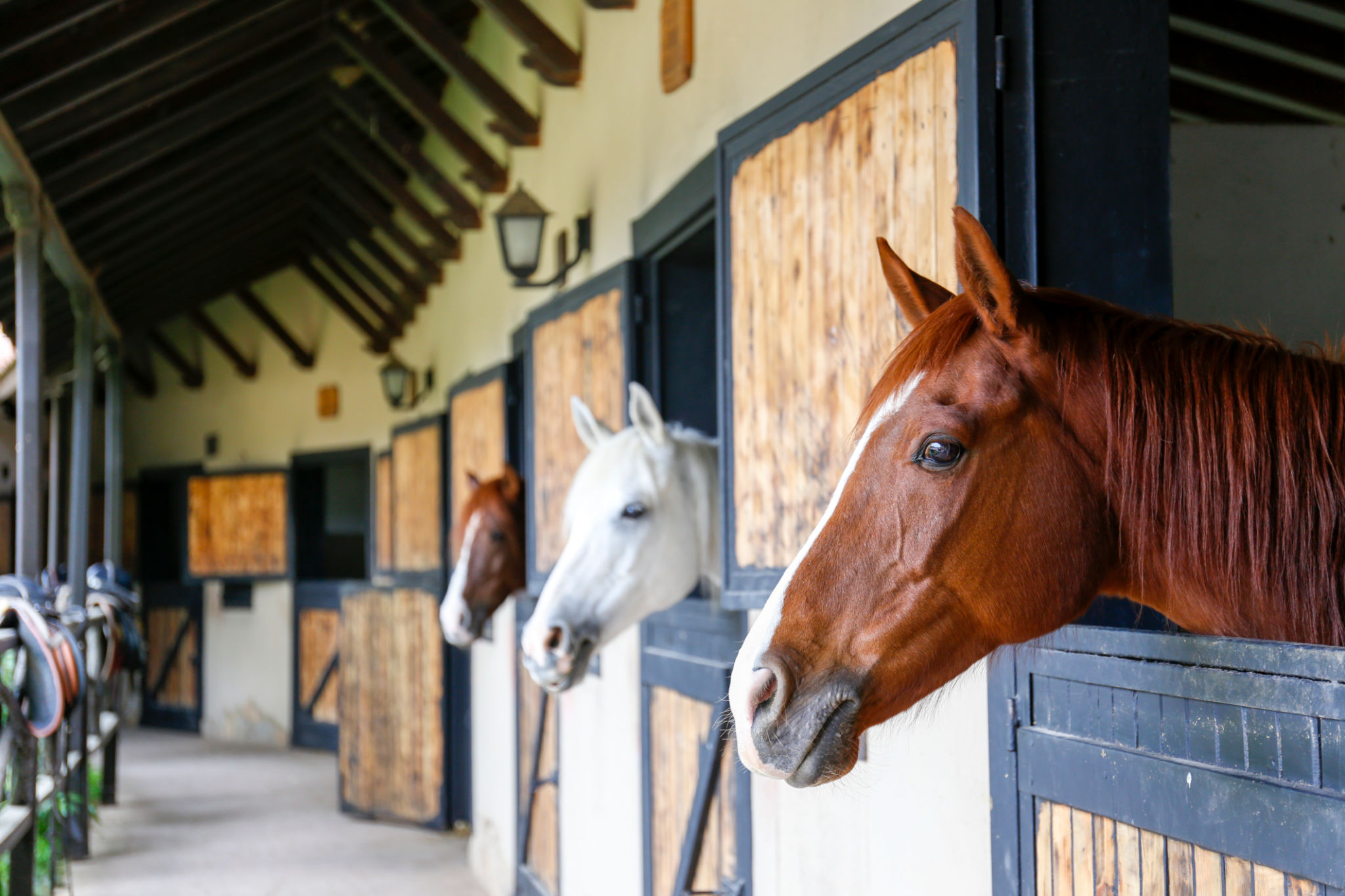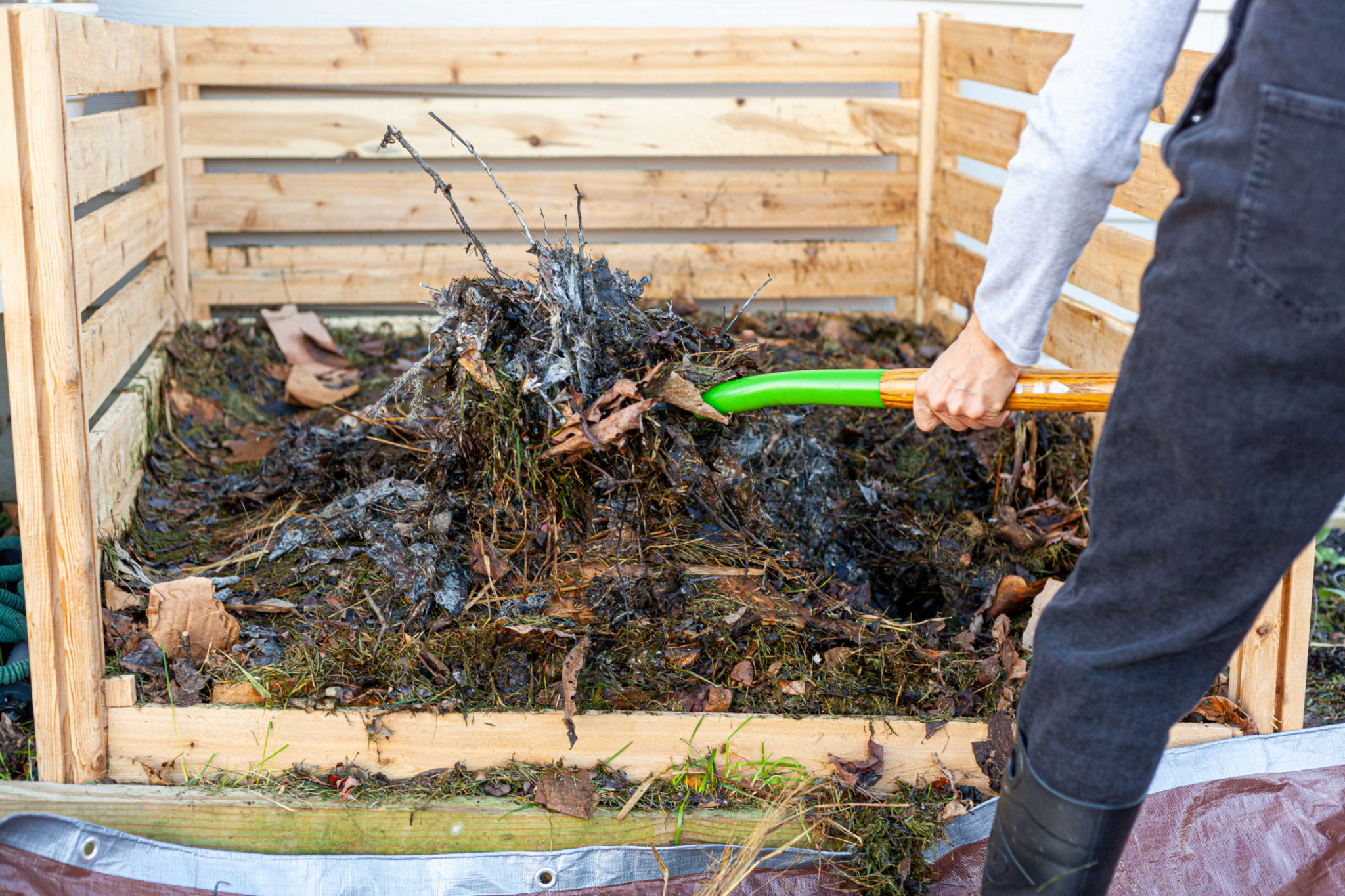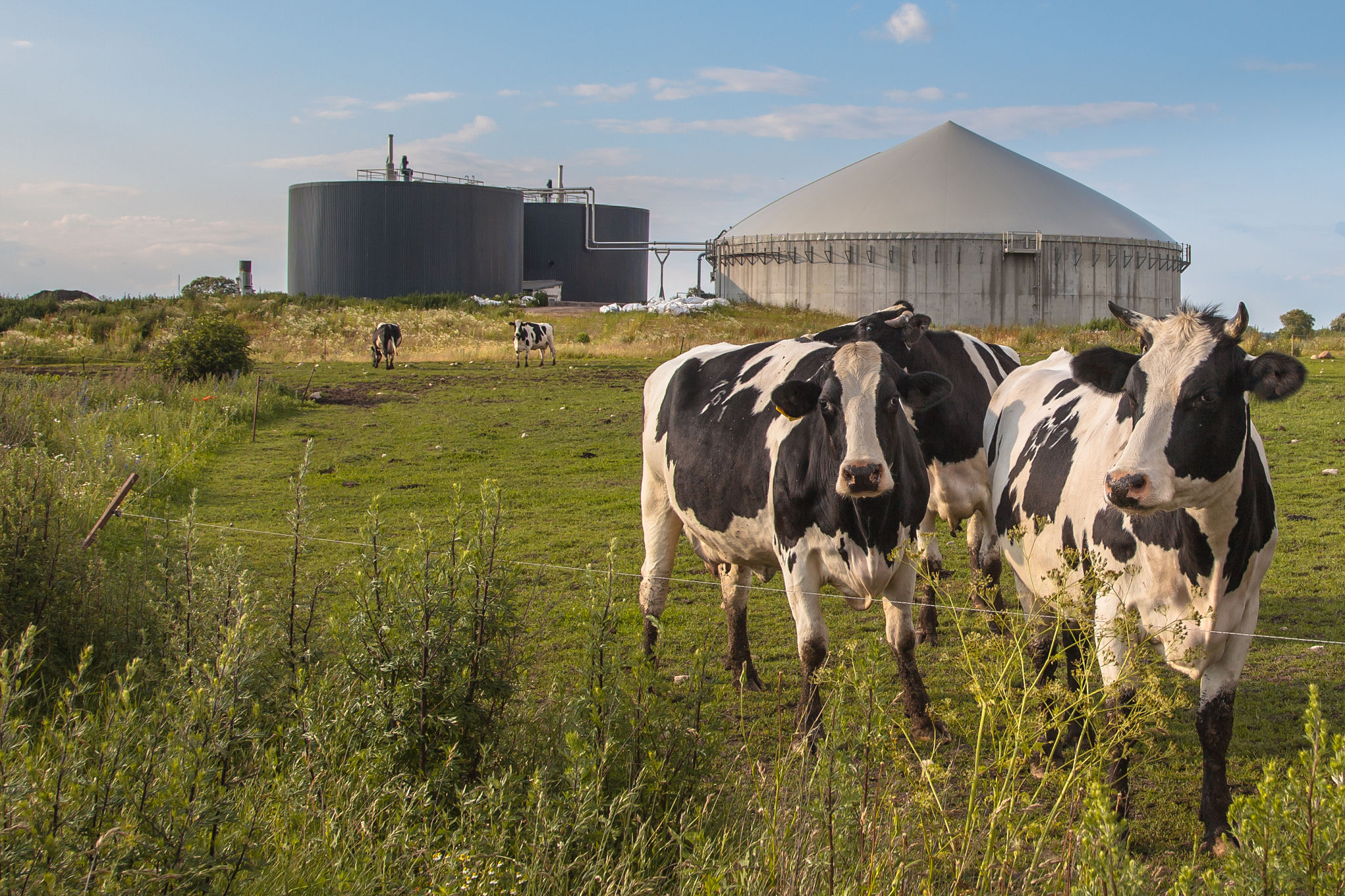Comparing Equine Waste Management Solutions: Which is Right for You?
Understanding the Importance of Equine Waste Management
Managing equine waste is a critical aspect of horse care and stable management. Proper waste management not only ensures a healthier environment for horses but also helps in maintaining the overall hygiene of the stable. With the increasing awareness of environmental sustainability, choosing the right equine waste management solution is more important than ever.
Equine waste, primarily composed of manure and soiled bedding, can pose significant challenges if not handled appropriately. Accumulated waste can attract pests, create unpleasant odors, and even pose health risks to both horses and humans. Therefore, understanding the various solutions available is essential for effective waste management.

Traditional Methods: Composting
Composting is one of the most traditional and widely used methods for managing equine waste. Through the natural breakdown of organic materials, composting transforms waste into nutrient-rich soil amendments. This method is not only environmentally friendly but also cost-effective.
To start composting, a dedicated area is required where the waste can be piled and turned regularly to promote aeration and decomposition. The process can take several months, but the end product is beneficial for gardens and pastures. However, composting requires careful monitoring to ensure that the pile does not become anaerobic, which can lead to foul odors.
Benefits and Drawbacks
The benefits of composting include reduced waste volume, decreased reliance on chemical fertilizers, and improved soil health. However, it requires a significant amount of space and time commitment. Additionally, if not managed properly, it can attract flies and rodents.

Advanced Solutions: Manure Digesters
For those seeking a more technologically advanced approach, manure digesters offer an innovative solution. These systems use microorganisms to break down waste in an oxygen-free environment, producing biogas that can be used as a renewable energy source. The digested material can also be used as a nutrient-rich fertilizer.
Manure digesters are particularly beneficial for larger operations with multiple horses, as they efficiently process large volumes of waste. They also help in reducing greenhouse gas emissions and minimizing odor problems commonly associated with manure storage.
Cost and Efficiency Considerations
While manure digesters are highly efficient, they often come with a high initial investment cost. The complexity of installation and maintenance may also require professional assistance. Nonetheless, the long-term benefits in terms of energy savings and environmental impact can outweigh these initial challenges.

Alternative Methods: Bedding Management Systems
Bedding management systems focus on reducing the volume of waste by optimizing the type and amount of bedding used in stalls. These systems typically involve using absorbent materials that require less frequent changing, thereby reducing waste output.
Popular bedding options include wood pellets, straw pellets, and shredded paper. Each type offers different levels of absorbency and comfort for horses. By choosing the right bedding material, stable managers can significantly reduce the amount of waste produced.
Factors to Consider
When selecting a bedding management system, consider factors such as cost, availability, ease of use, and the comfort it provides to horses. Some materials may also have additional environmental benefits, such as being biodegradable or made from recycled products.

Choosing the Right Solution
The ideal equine waste management solution varies depending on several factors, including the size of the operation, budget constraints, and environmental considerations. A small stable might find composting or bedding management systems more feasible, while larger operations might benefit from investing in manure digesters.
Ultimately, the goal is to create a sustainable system that minimizes environmental impact while ensuring a clean and healthy environment for both horses and handlers. By weighing the pros and cons of each method, stable owners can make informed decisions that align with their specific needs and priorities.
